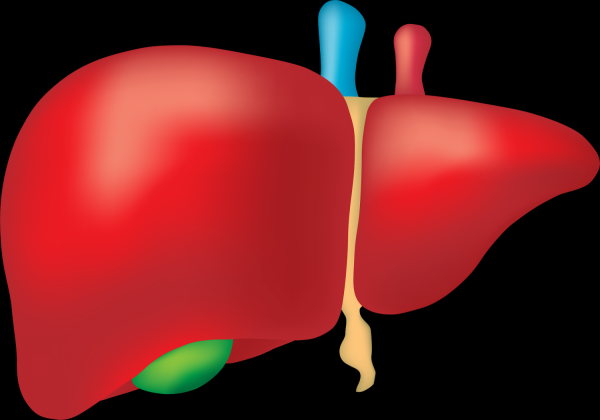Planning to be a Living-Liver Donor? Here's What You Need to Know
The liver is an important organ, especially in the process of digestion. Taking care of it is essential to ensure an individual will be living the most of his/her life, just like how any organ should be taken care of. According to medicine net, about one in five Americans waiting for liver transplant dies before even getting the liver. They added that it would be better if people know that some part of their liver can be donated to patients who need it.
Questions might be running to your head like, will I survive if I give some parts of my liver? But before we dive into that area, let me tell you the liver's importance in our body. According to John Hopkins Medicine, it is an organ that is shaped like a cone, has a dark reddish-brown color, and weighs about 3 pounds. Found on the right-hand portion of the abdominal cavity, the liver functions as a regulator of most of the chemical levels present in the blood and produces bile that helps transmit the waste away from the liver and break down fats in the small intestine throughout digestion. They added that when the liver has broken down harmful substances, its by-products are excreted into the bile or blood. It can enter the intestine and leave the body in the form of the stool or be filtered by kidneys and leave the body in the form of urine.
In an interview with Medicine Net, Mayo Clinic Director of Liver Transplantation Timucin Taner, MD, Ph.D. said that about 12 to thirteen thousand people are on the liver transplant waiting list which means, about 2500 people are on the list will either die ort become very ill while waiting.

READ ALSO: Dietary Supplement Can Help Treat Fatty Liver, Study Suggests
What is a living-donor Liver Transplant?
According to Mayo Clinic, a living-donor liver transplant is a surgical procedure in which a portion of the liver from a healthy donor is removed and placed into someone whose liver is not working properly. Mayo Clinic emphasized that the donor's remaining liver will regrow and turn back to its original size. At the same time, the relocated liver portion grows and restores standard function in the receiver.
READ ALSO: 2-Year-Old Girl With Rare Heart Condition May Not Survive the Month, Doctors Will Not Operate
Is it safe?
Dr. Taner added that the incidence of technical issues during surgery could be riskier for the recipient because it is more difficult to transplant a partial organ. He added that there could be an increased risk of bile duct complications and arterial thromboses. On the other hand, Dr. Taner furthers that living donor liver transplantation occurs when the recipient becomes dangerously ill because t improves the outcome.
Dr. Taner notes that donors are typically under 60 years old and must be in good physical health, and will undergo blood tests to ensure that the donor and the recipient's blood and tissue types are compatible. He also stressed in his interview that these programs are vital because they will help address the shortage of organs for people who require transplants.
READ NEXT: Scientists Revive Impaired Lungs for Transplant in Astounding Test
Check out more news and information on Liver Transplant on MD News Daily.
Nov 19, 2020 12:00 PM EST





